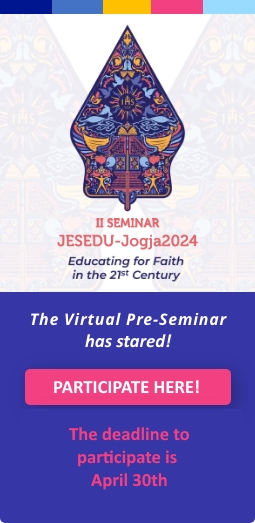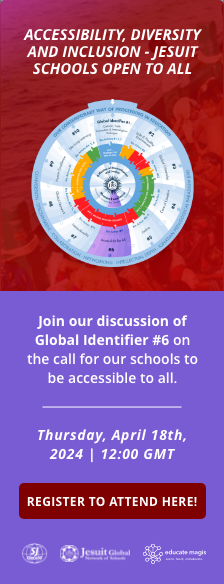Civic education is a very attractive subject, particularly if we can find a way to make it meaningful to our students’ lives. Some indicators of success here, are that students’ participation in class is high, students are active in sharing their opinions, answers and fresh ideas in class discussions.
In this context, teachers have to be creative, and more importantly, teachers have to find a way to stimulate students’ spirits in such a way that they want to be active and participative in class and want to come up new ideas for problem solving. Problem solving, critical thinking and creative thinking are essential parts of building capability and competency as teachers.
In our teaching, especially on the subject of civil society, as the teacher we need to present problems which stimulate students and encourage them to find ways to solve them. Teachers have to choose contextual and relevant problems in society in order to make our students more understanding and compassionate, and to help equip them with the capability to learn contextual problem solving.
There are three steps which I apply for this type of teaching. Firstly, students have to explore the concept and the meaning of civil society. Secondly, the teacher presents the students with a stimulating problem, for example, at the moment, in Indonesia, we have a serious problem with online transportation (services such as Gojek, Uber and Grab). Why is this a serious problem? Because in many regions there is daily conflict between online transportation and conventional transportation. With this problem, teachers present the students with many essential questions, such as:
- What causes conflict between online transportation services and conventional transportation?
- What is the positive and negative impact with making online transportation services available?
- What are the positive and negative impacts, if any, of online transportation?
- How is the impact of online transportation prohibited?
- How does online transportation contribute to forming our civil society?
- How does our society benefit from online transportation services?
- What is the best strategy to solve this problem in order to foster good relations between conventional and online transportation?
The method which I use here is exploration, discussion, presentation. Students are divided into groups and also have the time to ask questions about the content of each other’s presentations. This method encourages the students to think hard, to feel and to come up with the best solution for this problem. With this kind of teaching, students can develop compassion for the driver of conventional transportation, and students have to find the best strategy to overcome the problem which helps to develop their cognitive abilities.

